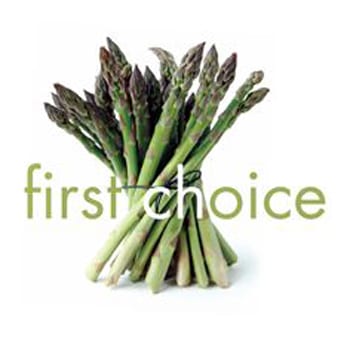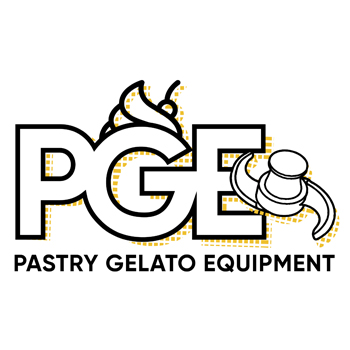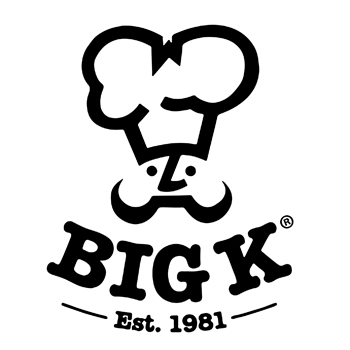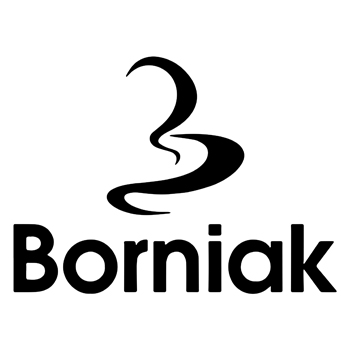New Kensington Dishoom to Pay Homage to Bombay’s 1940s Architecture and Jazz
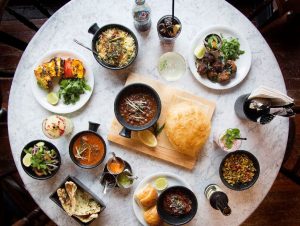
Award-winning Indian restaurant chain Dishoom is opening its fifth London site in Kensington’s iconic Barkers building.
The distinctive architecture of this beautiful Art Deco building facing Kensington High Street made it the ideal spot for Dishoom’s new home in West London.
Dishoom Kensington will occupy a corner of the Barkers building, which was once an upmarket department store.
It will accommodate 200 diners with a further 50 seats in the Permit Room bar. The restaurant will be open all day, every day, and will serve Executive Chef Naved Nasir’s menus of Bombay comfort food.
These will include favourites such as the Bacon Naan Roll for breakfast followed by the all-day menu of small plates, grills, biryanis, salad plates, rolls and curries. Like the other cafés, Dishoom Kensington will have its own signature dish.
The Permit Room bar will serve a brilliant list of delicious tipples as well as some brand-new cocktails.
Within the space, with its entrance on Derry Street, the Dishoom team will bring to life the stories and design of 1940s Bombay, when an unexpected form of Art Deco flourished alongside an equally unexpected and exciting jazz scene.
Dishoom co-founders Shamil and Kavi Thakrar worked closely with architects Macaulay Sinclair on the design for Dishoom Kensington. The team spent days exploring Bombay’s best examples of Art Deco in areas such as Marine Drive, Churchgate, Matunga and Malabar Hill, visiting countless Deco buildings, landmarks and cinemas such as Eros, Regal, and Liberty.
The team were also inspired by Bombay author Naresh Fernandes and his book Taj Mahal Foxtrot, which tells the story of Bombay’s Jazz Age. Jazz made its way to Bombay from New Orleans in the 1920s via touring American jazz bands.
These groups of swinging jazzmen opened Bombay’s ears to new sounds and by the 1940s ‘hot jazz’ was everywhere: from Marine Drive to Flora Fountain, from ‘Volga’ to ‘Venice’, from the roof gardens of the Ritz and the West End Hotels to candlelit basement clubs. This was the golden age of jazz in Bombay.
As always, the team visited all the remaining Irani cafés, met with the owners, and spent much time sourcing furniture and artefacts from the Bombay of the era.
The Art Deco style first made the journey to India from the West in the early 1930s; cosmopolitan Bombay was quick to catch on.
By the 1940s, Bombay’s architects and designers had redefined European and American Deco in a uniquely Indian style, which combined classic motifs with vernacular character. Bombay Art Deco represented luxury, glamour, and innovation as it might have done in the west, but it also became a way for proud Bombayites to articulate a growing consciousness of their own national identity in the years before and after Indian Independence. Art Deco became so popular in Bombay that the city remains one of the biggest and best examples in the world of the style, second only to Miami.
Dishoom is managed by a team led by co-founders Shamil and Kavi Thakrar. Naved Nasir is the Executive Chef-walla.
The first Dishoom opened in Covent Garden in 2010, and Dishoom now has four cafes in London and one in Edinburgh.




